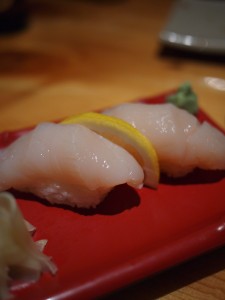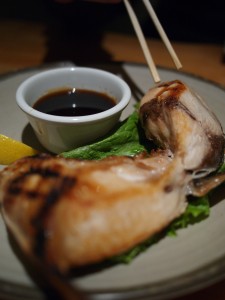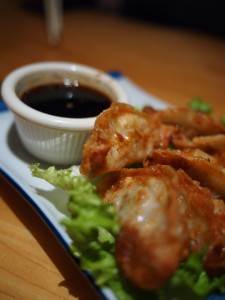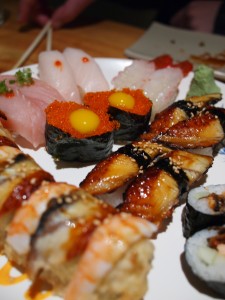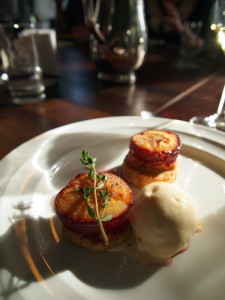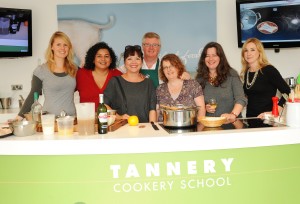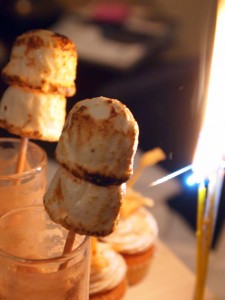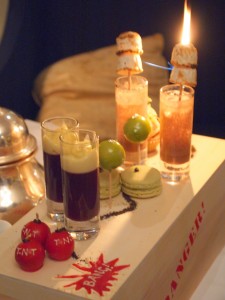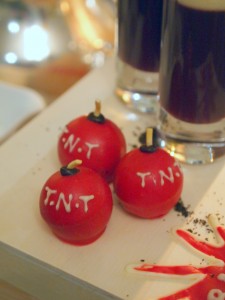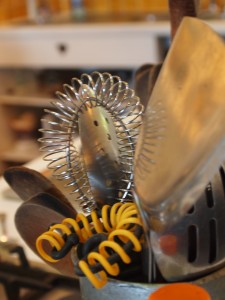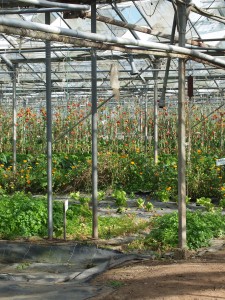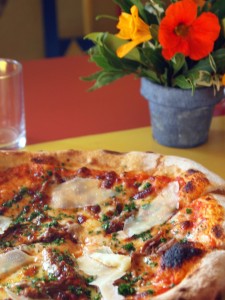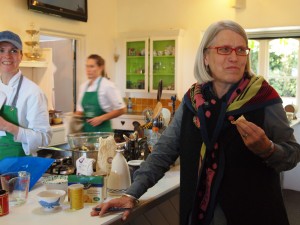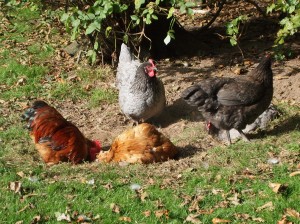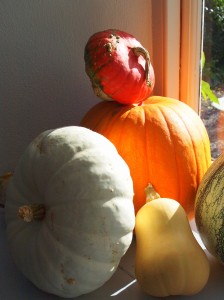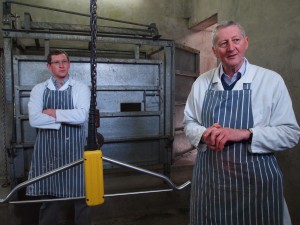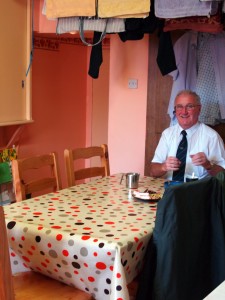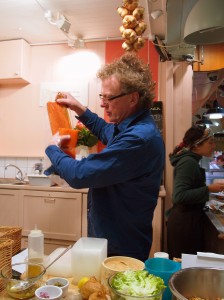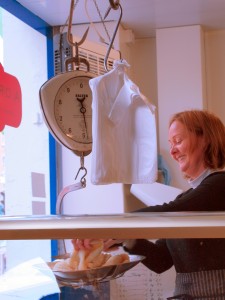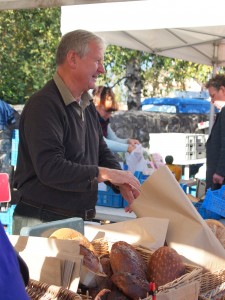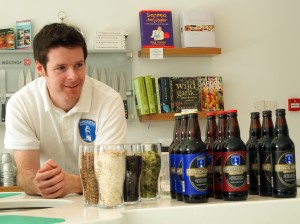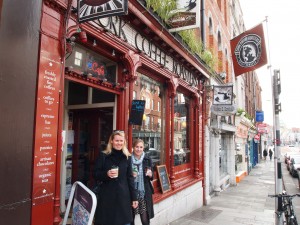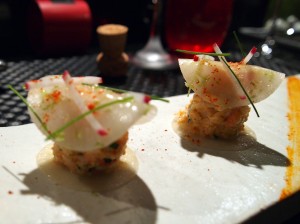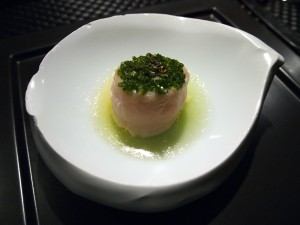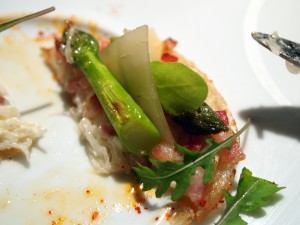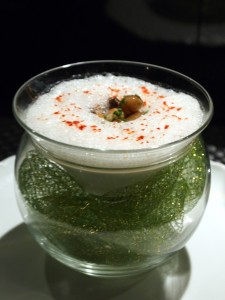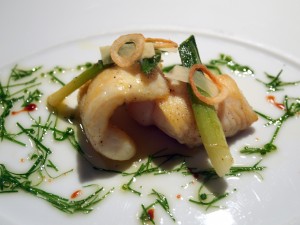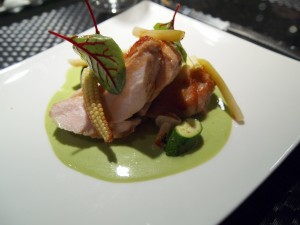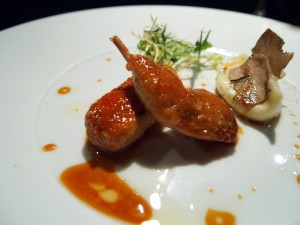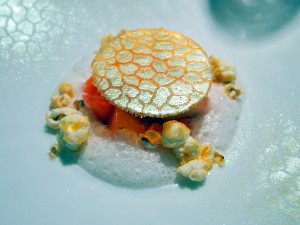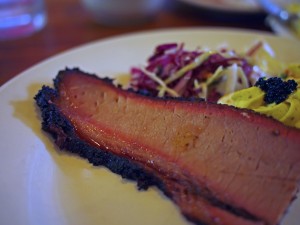
Is there any food whose “proper” preparation gets people more worked up than America barbecue? Regional styles differ all over the continent, but most dedicated barbecuers you meet have a strong opinion that their favoured way of doing things is the only right one – witness Yelp reviews on pretty much any barbecue restaurant in the country, where arguments on vinegar sauces versus sugary ones, Memphis versus Texas, wet versus dry brining and mesquite versus oak rage beyond all relevance to whether the food’s actually any good or not.
Austin’s a great place; it’s very unlike the rest of the state, in that it’s leafy, humid and green rather than dusty and dry, and packed with hipsters rather than cowboys. It feels a bit like a West Coast college town plopped in the middle of Texas. With added barbecue. Passions run high – my friend G, for example, complained at the top of his voice on finding I’d booked us lunch somewhere other than the Salt Lick, a small barbecue chain which, he says, “does a proper sauce”. All traditional Texas barbecue sauces are sweet, tomato-based, thick and spicy, but there’s a world of variation within that definition.
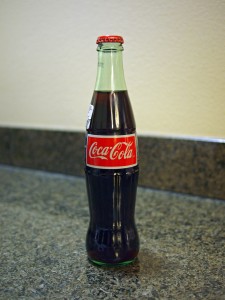
No amount of asking would get G to tell me what he meant by “proper”; every barbecue joint in town has a different saucing and rub, which is also on sale at the counter so you can anoint the food you grill at home with it. I’ve a good, and pretty faithful, Texan barbecue sauce recipe you can use here if you want to have a go yourself; use it as a marinade, or pour a dollop on the side of the plate for dipping.
I found that there are two ends of the barbecue spectrum in these parts: traditional, pile-em-high casual eating where you use your fingers and get sauce on your elbows; and “fancy barbecue”, with cutlery and (whisper it) salad. Everywhere we tried offered a regular sauce alongside an extra-spicy one; some also made their own sweet mustard. And there are standard accompaniments on offer everywhere: potato salad is a must, often sweetened and gussied up with a bit of the in-house sugary rub. You’ll also find baked beans everywhere, sugary, spicy and seasoned with bits of smoked brisket end.
Beef’s the standard in Texas, but most restaurants also offer some smoky porky bits and pieces alongside the traditional beef. Beef – brisket, ribs, or a good old-fashioned steak – is usually your best bet here. This is, after all, where longhorn cattle come from.
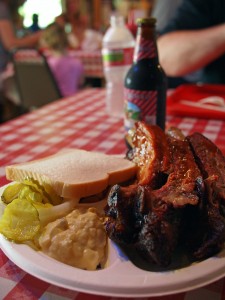
For casual barbecue, all paper plates, chequered tablecloths and sticky fingers, my favourite in town was The Ironworks, on Red River St. This is one of those restaurants with celebrity endorsements plastered all over the walls. If it’s good enough for Chewbacca and The Fonz, it’s good enough for me. I was lucky enough to go for the first time in a group of 12, so we were able to order a sample of everything on the menu – which is to say, a honking great mountain of meat. Fat beef ribs, crisp, smoky and sweet from the rub, are the restaurant’s speciality, and were, to my tastes, the very best thing on the menu. These are a bit of a challenge to eat politely, but persevere. There’s a great home-smoked hot sausage on offer, pork ribs (much less good than the beef ribs), halved chickens, pork loin, wonderfully smoky ham – you can order these meats by the pound, or, if there are fewer of you, you can each get a platter of one of the meats with some traditional accompaniments heaped alongside on your paper plate. Potato salad mixed sweet, like so much food in Texas; pickled cucumbers; pickled chillies; slices of raw onion; baked beans; and a big slice of Wonder Bread are more than you’ll probably be able to manage in one go, but they’re great to browse on. There are big, ice-filled coolers out front, where you can pick up a local beer, a bottle of root beer (awesome, as they say out here, with the beef ribs) or a Budweiser if you have no tastebuds.
After something a bit more spiffy and shiny? You need to head to Lambert’s Downtown Barbecue, in the new Second Street shopping district. There’s a little stage upstairs where you can listen to live music, a fabulous Sunday brunch that’s part buffet, part waiter service, and a simply superb lunch and evening menu. And cutlery. And cloth napkins.
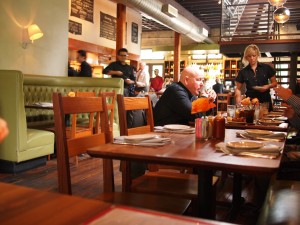
My first visit to Lambert’s was an evening one, when I was served a ribeye steak cooked with a mustard and brown sugar crust, much like you’d find on a crème brûlée. One made of solid meat. I know I’ve been complaining all week about the sugariness of Texan food, but it was hard not to notice that this was the first time in my life I’ve finished a whole ribeye. This steak was cooked over oak chips, served with a roasted head of garlic, and was so good that I’d have married it if I could. Dr W (to whom I am married, making any potential steak-marriage impossibly bigamous) ordered a slab of brisket, rubbed in brown sugar and coffee, and smoked until blissfully tender.
Staff here are impossibly hip. There are enough tattoos on the restaurant floor to upholster a really creepy three-piece suite. Everybody’s as nice as pie (specifically, a lovely little crescent-shaped, deep-fried apricot pie, served with some excellent ice cream); and in common with many places with ultra-hip servers, there are some ultra-good cocktails on offer. Try the tart cucumber gimlet, which is a great foil to the sweetness of some of the food.
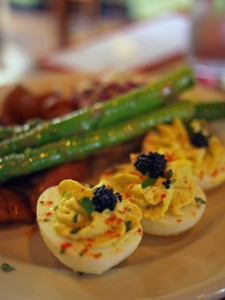
We were back again for brunch, which gave me a chance to branch out into the rest of the menu a bit. There are actual salads on offer – asparagus vinaigrette, great coleslaw packed with coriander, the ubiquitous potato salad and a fruit salad for any health nuts who have stumbled through the wrong door. Great gravadlax, cured to a nutty tenderness then gently smoked, so the outside is barely cooked, is served with a Texan favourite, crisp fried capers. There are devilled eggs topped off with farmed caviar (I am a sucker for a devilled egg); grits, home fries, macaroni cheese and all the American carbs you could wish for; and a butcher’s block manned by a fella with a big knife who will lovingly slice some of the restaurant’s smoked meats for you. There’s also a long list of small plates you can order fresh from the kitchen, and a groaning table piled with patisseries. The coconut profiteroles, chocolate pie and a blueberry muffin so densely filled with fruit that it was more blueberry than muffin would have beaten a less dedicated group of diners, but Dr W, G and I manfully made our way through it.
After a week’s serious eating, Lambert’s comes out as my top Austin pick by far. Happily for me, more trips to the city seem to be in the offing; next time, I’m planning on ordering their cold-smoked, stuffed quail, and a slab of their thick strawberry Texas toast. It’s beyond me how anyone in this city can stay slim.

